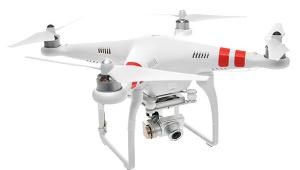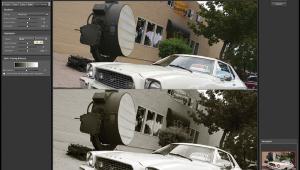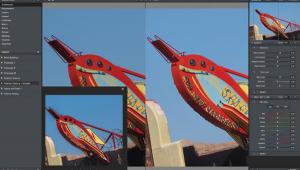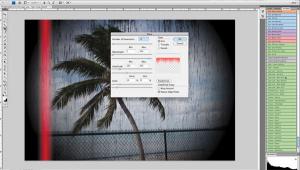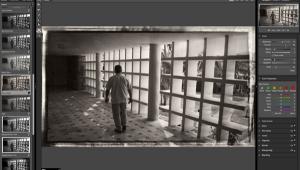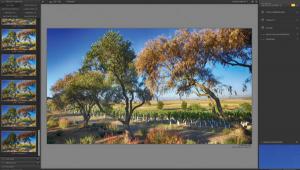Personal Project; Playtime Page 2
Then there’s the challenge of just being at a dog run with no dog of your own. “It’s pretty hard to be inconspicuous in a fenced-in dog park with a 300mm lens, a monopod, and camera backpack,” Michael says. He kept to himself, spoke only to a few people and didn’t make himself “a loud presence.”
The 300mm lens gave him distance from the dogs, but ultimately distance didn’t seem to be a factor. “I’m nearly invisible to the dogs; they don’t care that I’m there. They barely care their own owners are there. They’re so excited to be with other dogs that they don’t pay attention to anything happening outside the intense moments. You’ll often see dogs that are chasing each other run into people because they’re not paying attention. I had dogs run right into my legs—and one large dog actually bent the monopod by running into it. I guarantee no dog remembers I was there.”
But their owners probably do. “I got different reactions in the two cities,” Michael says. “In Minnesota people were very curious about what I was doing. They were excited that someone was taking a picture of their dogs and wanted to know if the photos were going to be in the newspaper. They wanted to know if I needed the spelling of their dogs’ names. In New York, if anyone talked to me it was to tell me I had no right to be in the dog park shooting pictures of their dogs without their permission. Several people let it be known that their preference was that I not be there.” (When Michael looked into the matter, he found he didn’t have to get releases for pets as long as he didn’t show any humans.)
While Michael knows that the photos can be misinterpreted—a reviewer for a major newspaper refused to review Dog Run because she thought it was a disservice to dogs, dog owners, and dog parks—what he mostly sees in them is humor. “I think people who really understand dogs find the humor immediately. They know that dogs are goofballs and show a humorous side in the positions they put themselves in.” Michael especially liked the comment of one reviewer who called the book the least sentimental dog book available. “You can have humor and joy and emotion without being sentimental,” Michael says.
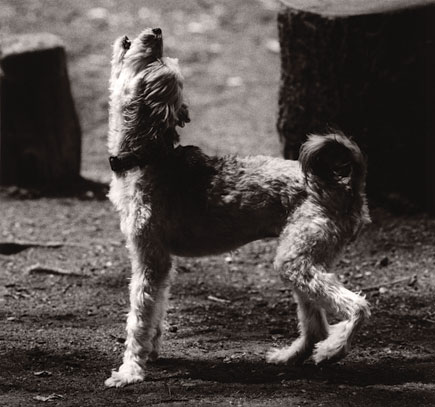 |
He sums up the collection as “interesting and unseen views of dogs,” and it’s the result of his trying to do something original, which is a challenge he likes to take on in all his work. “Being a photographer means searching; it means experimenting. If you challenge your eye enough times, something is going to ask to be shot again.”
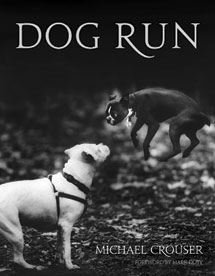 |
|
|
He finds it satisfying that the exploration that led to this project grew out of the commonplace. “We see things every day that we never consider as subjects,” he says, “never think about exploring in an interesting, perhaps unique way. There’s probably a visual story in many corners of our lives that we don’t acknowledge on a daily basis. I’d passed these two dog runs many times without it ever occurring to me that there might be good photographs there. It wasn’t until I decided to do the figure studies that I thought, where can I find subjects? And there it was, right in the East Village, right in the Lakes area of Minneapolis. I saw the same people there day after day, and I’m sure it never occurred to them that there was a story taking place.”
- Log in or register to post comments
